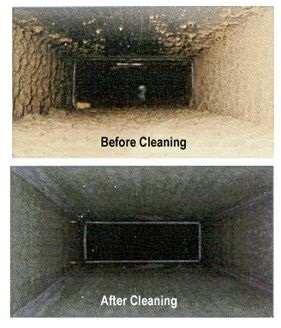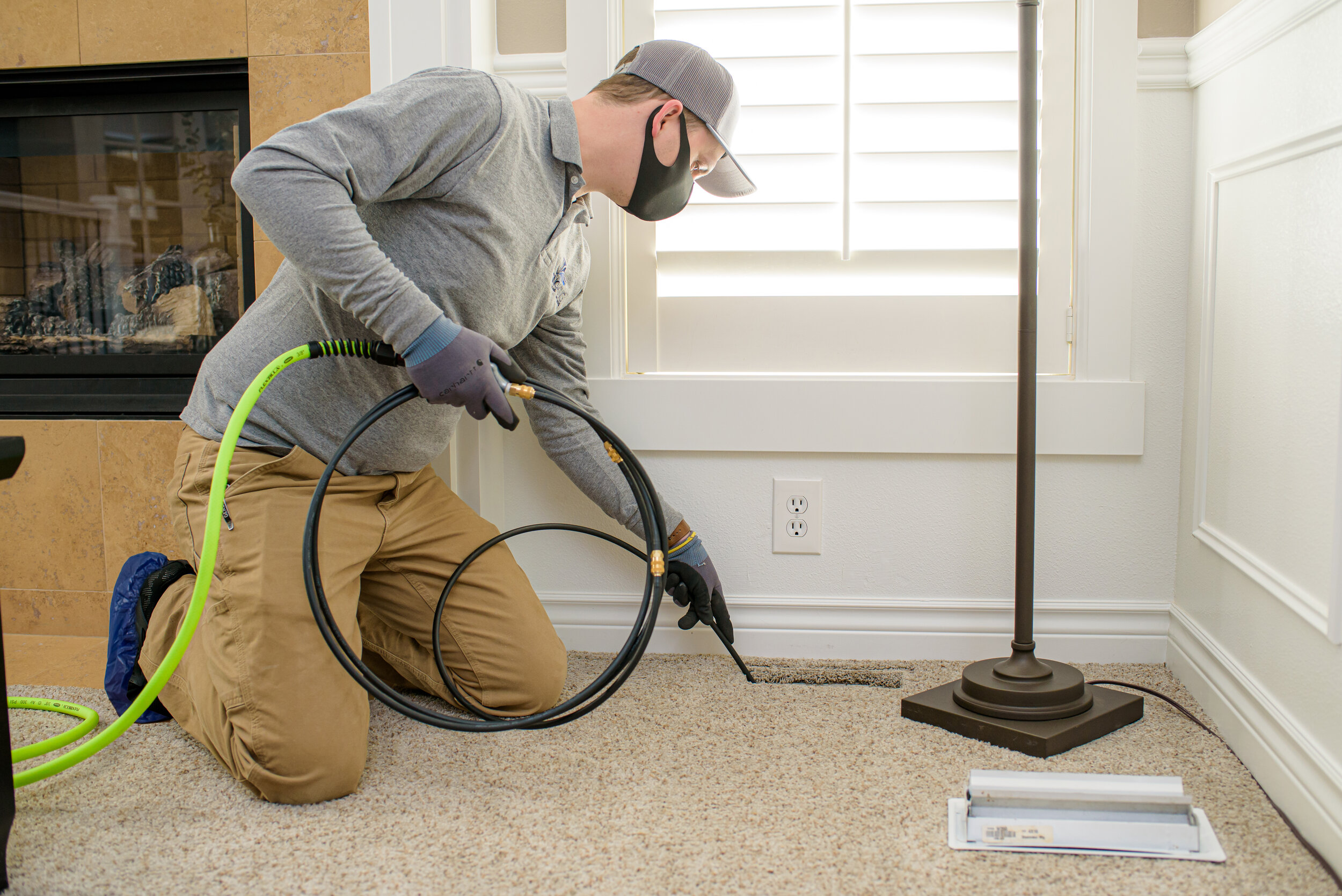Air ducts cleaning is critical component of your heating, ventilation and air conditioning (HVAC) system. They transport conditioned air to and from the HVAC components to various spaces in your building. While air ducts are built to last for several years, they do require regular maintenance to ensure optimal performance, efficiency, safety and indoor air quality.
Professional duct cleaning is one of the best practices for air duct maintenance.
Over time, air ducts tend to accumulate dust, pet dander, mold, pollen and other contaminants that can reduce airflow and worsen allergy symptoms. It is recommended to get your ducts cleaned by a professional every 2-5 years. Duct cleaning helps remove built-up deposits, improve efficiency, reduce allergens and keep your HVAC system running well.

Also,inspecting for and sealing any air leaks in ducts is another important practice. Leaky ducts can waste up to 20% of your HVAC energy through heat loss. Look for cracks or holes in joints, seams and connections of the ductwork and seal them using metal duct sealant tape or duct seal caulk to prevent air leaks. This helps improve efficiency, lower energy bills and keep conditioned air where it’s needed.
Proper insulation of ducts also affects performance and efficiency.
In addition,uninsulated or under-insulated ducts allow more heat or coolth to escape, increasing the load on your HVAC system. Add insulation to any bare or exposed ducts, especially those running through unheated areas. Fiberglass or foil/fiberglass duct wrap helps retain more of the conditioned air in the ducts.
Then,checking and balancing the static pressure and air flow through your ducts regularly is important for an optimally operating system. Imbalanced duct pressure reduces airflow and comfort in some areas. Have a professional test static pressure at vents and make any needed adjustments to ensure even distribution of conditioned air throughout your home.
Finally, consider inspecting ducts for damage or deterioration if you notice drops in efficiency, increased noise or other performance issues. Old or rusting ducts will not effectively or safely transport air. Duct repair uses tools to re-secure damaged sections while full replacement removes old ducts and installs new ones to improve airflow, reduce leaks and ensure safe system operation for years to come.
Performing regular maintenance like duct cleaning, sealing, insulation, pressure testing and repair/replacement helps maximize the efficiency, safety, performance and lifespan of your HVAC system’s air ducts.

